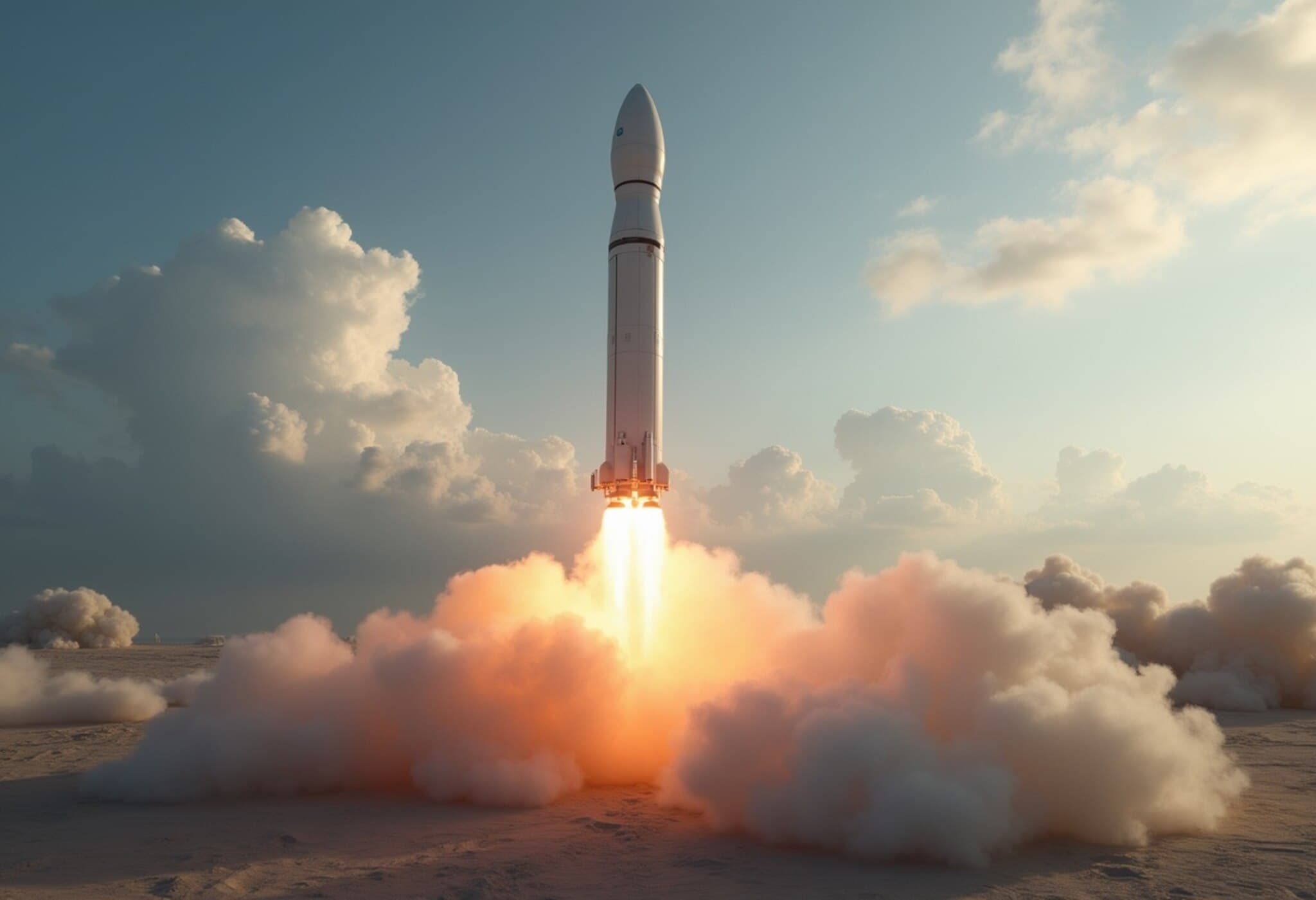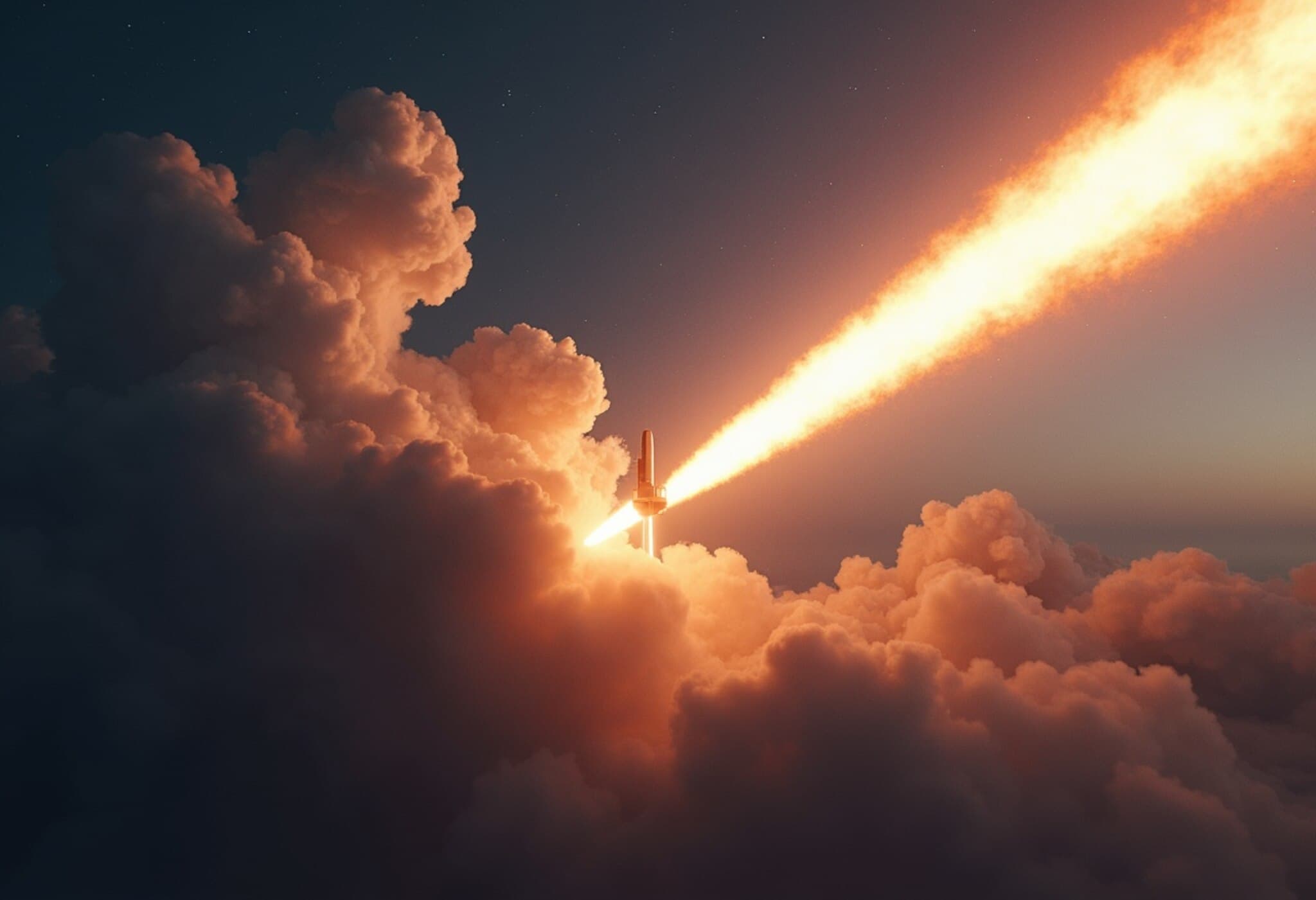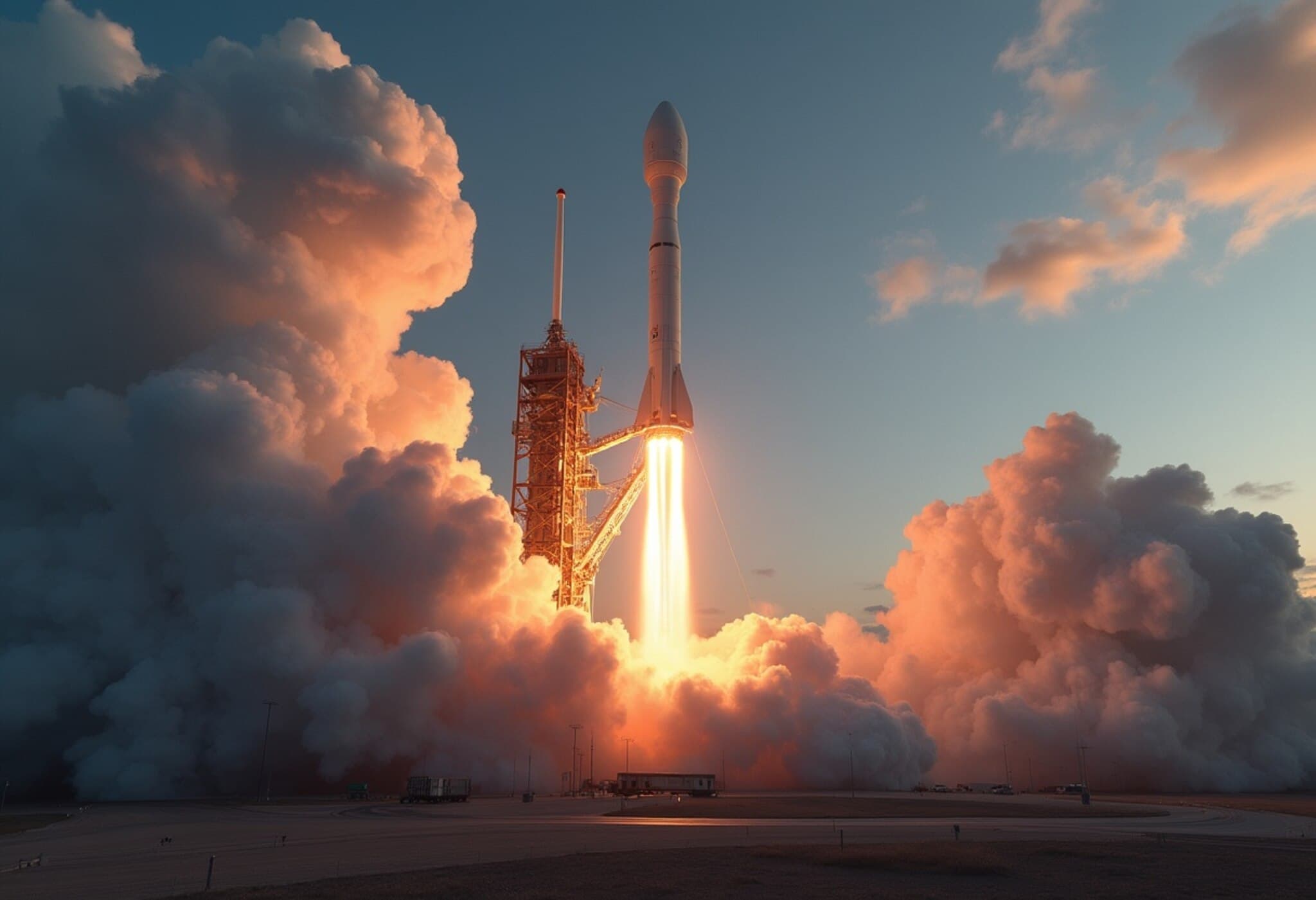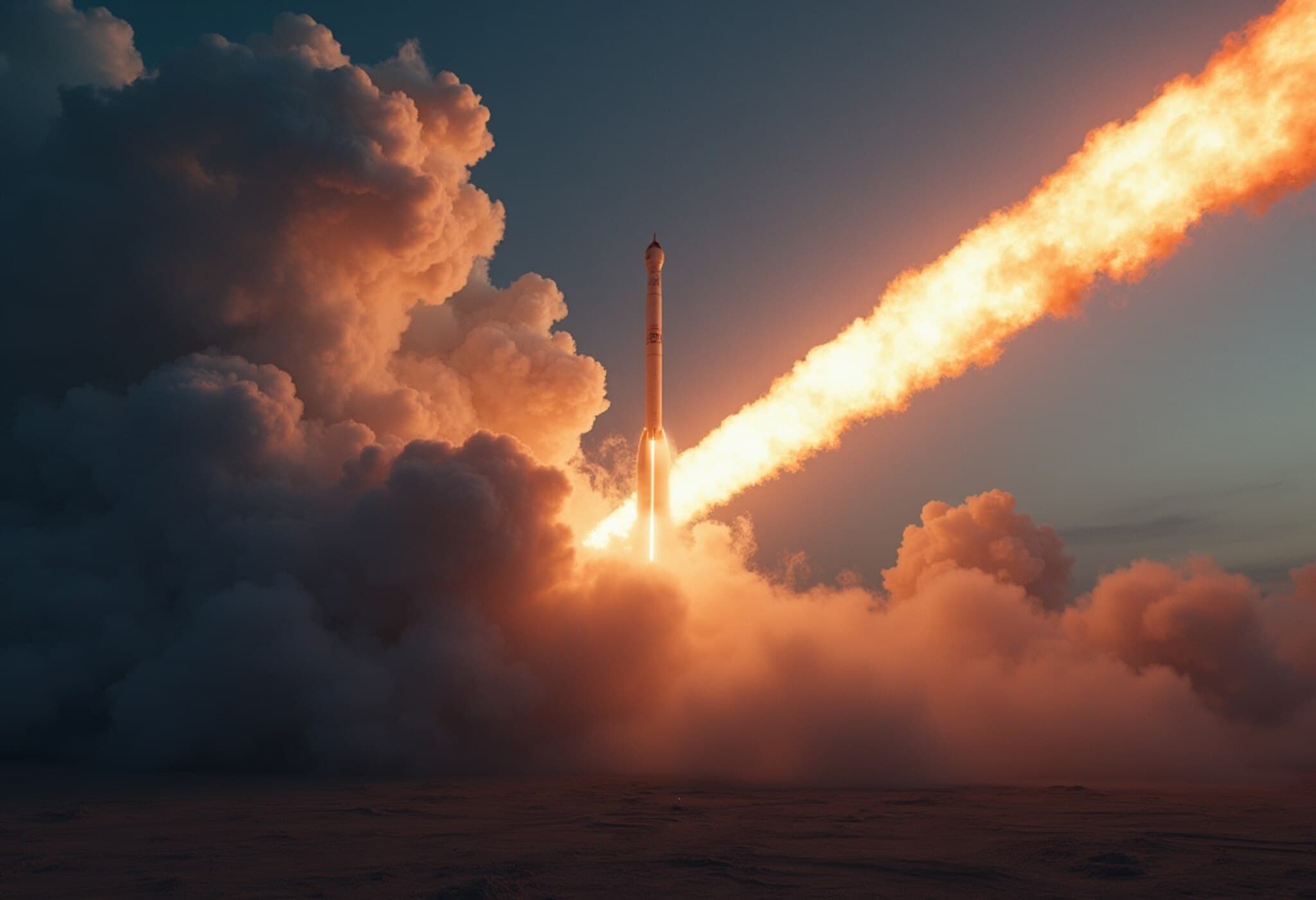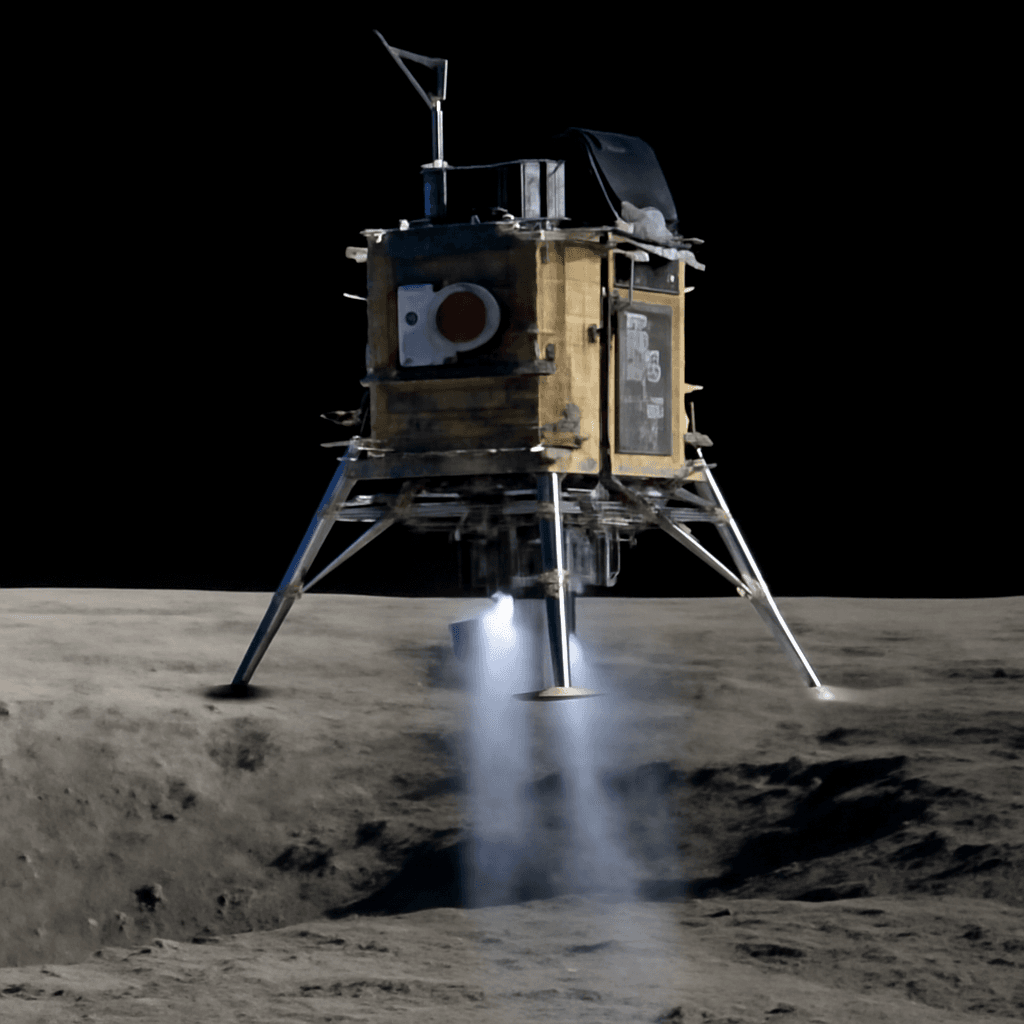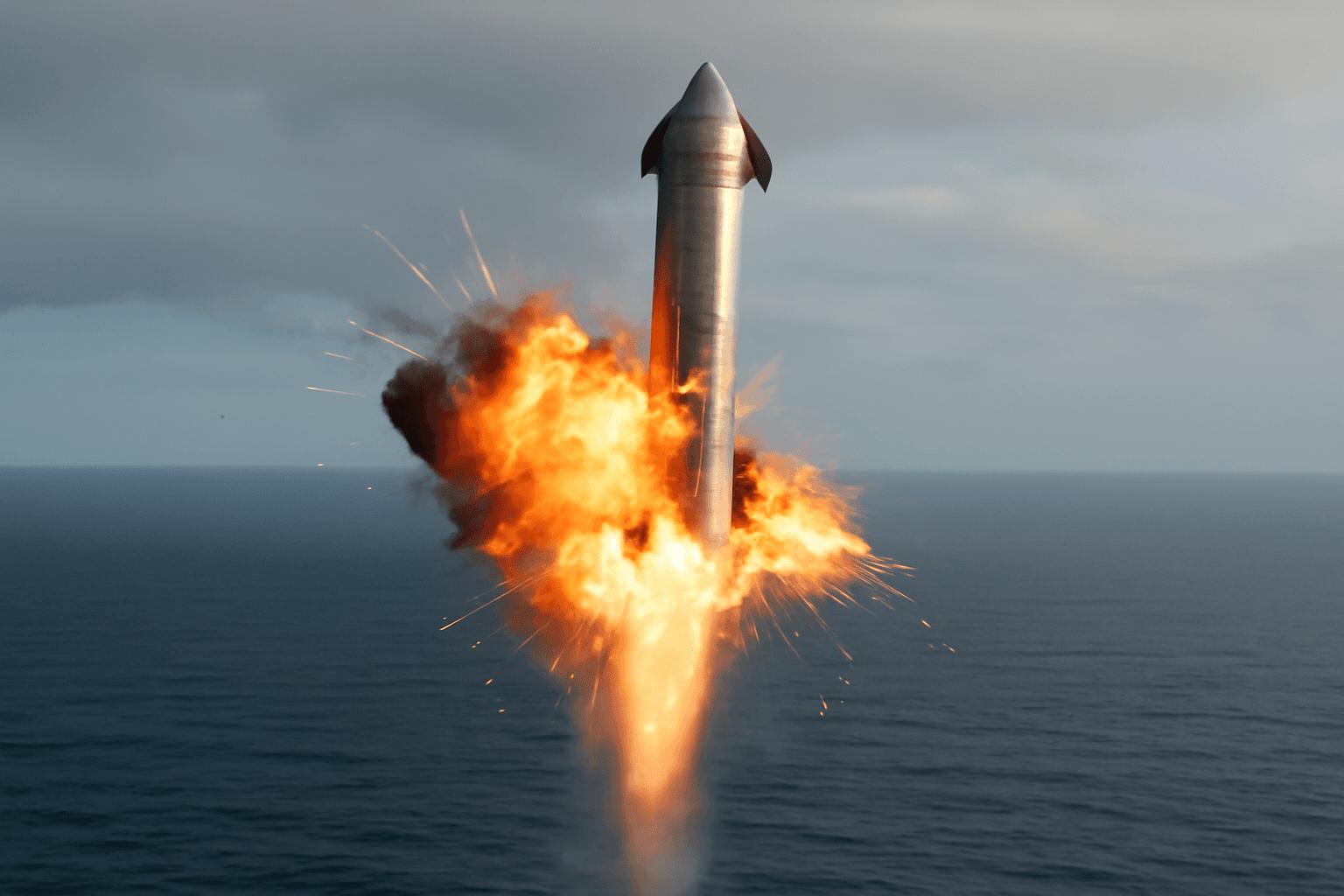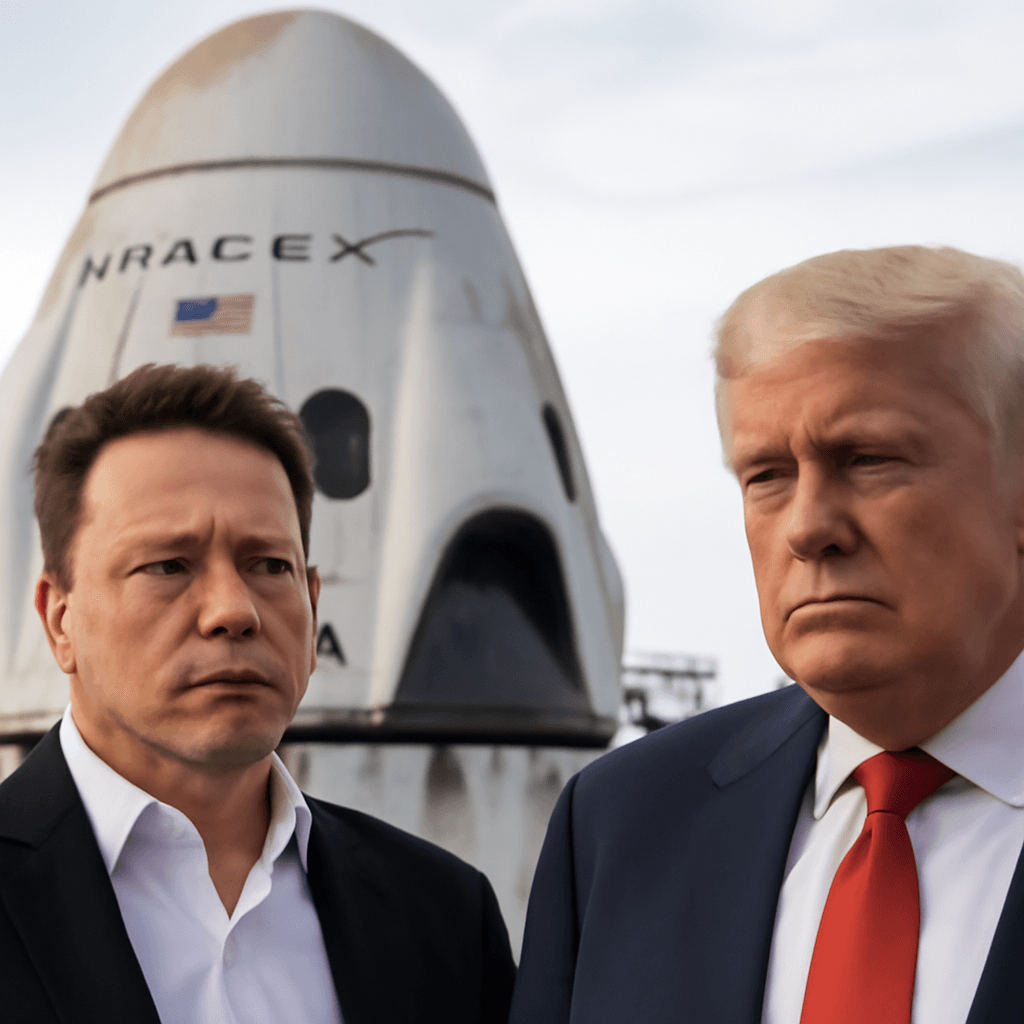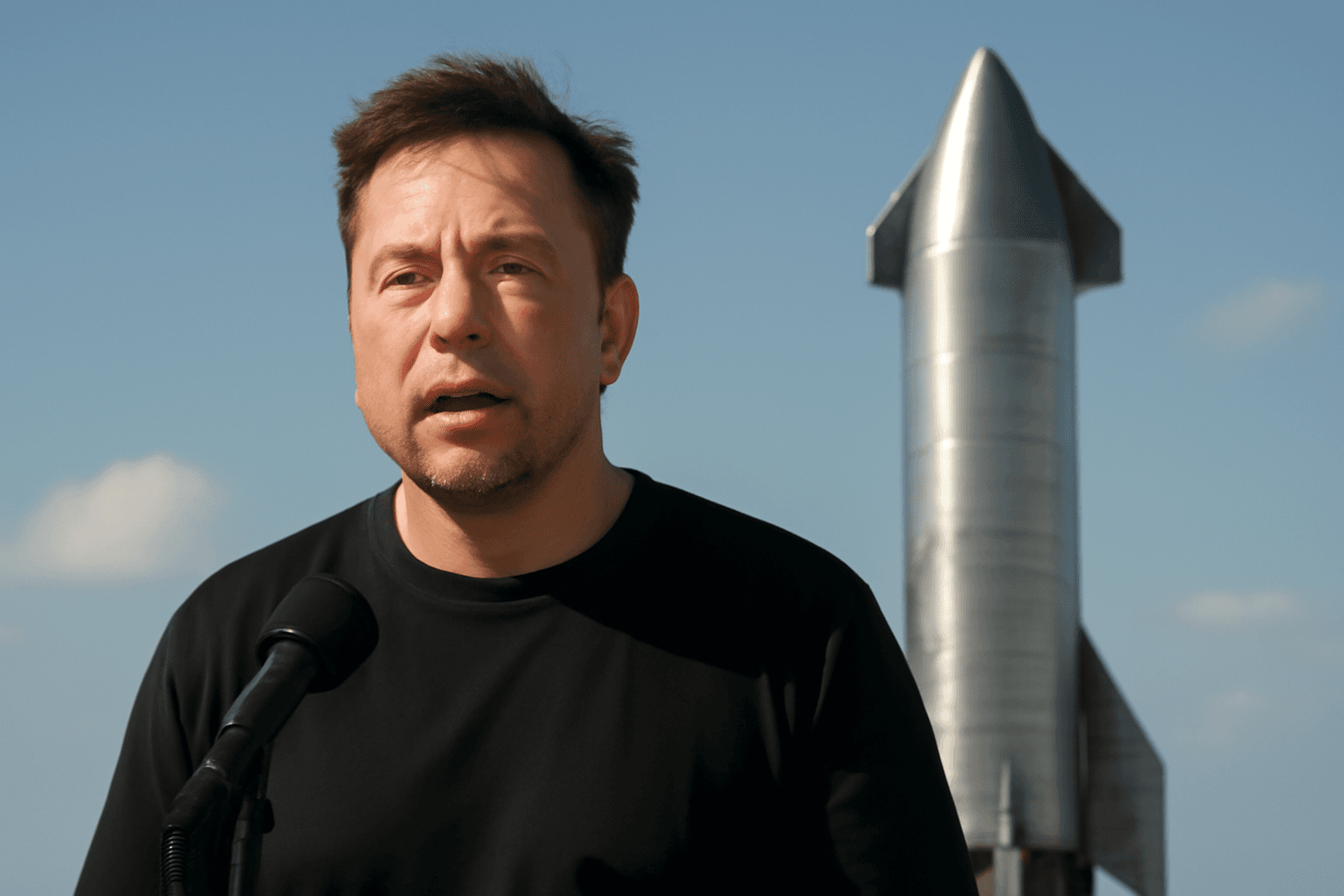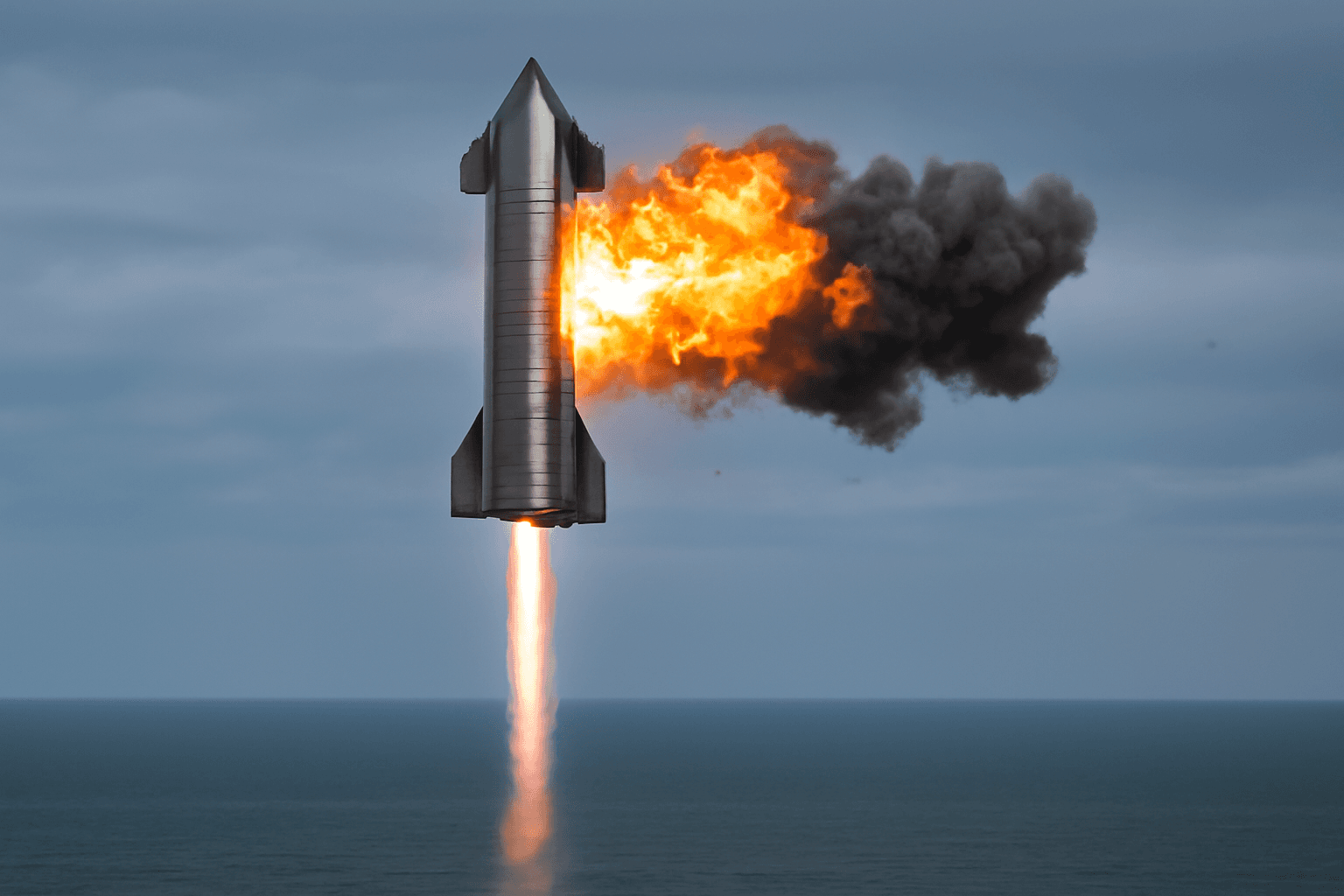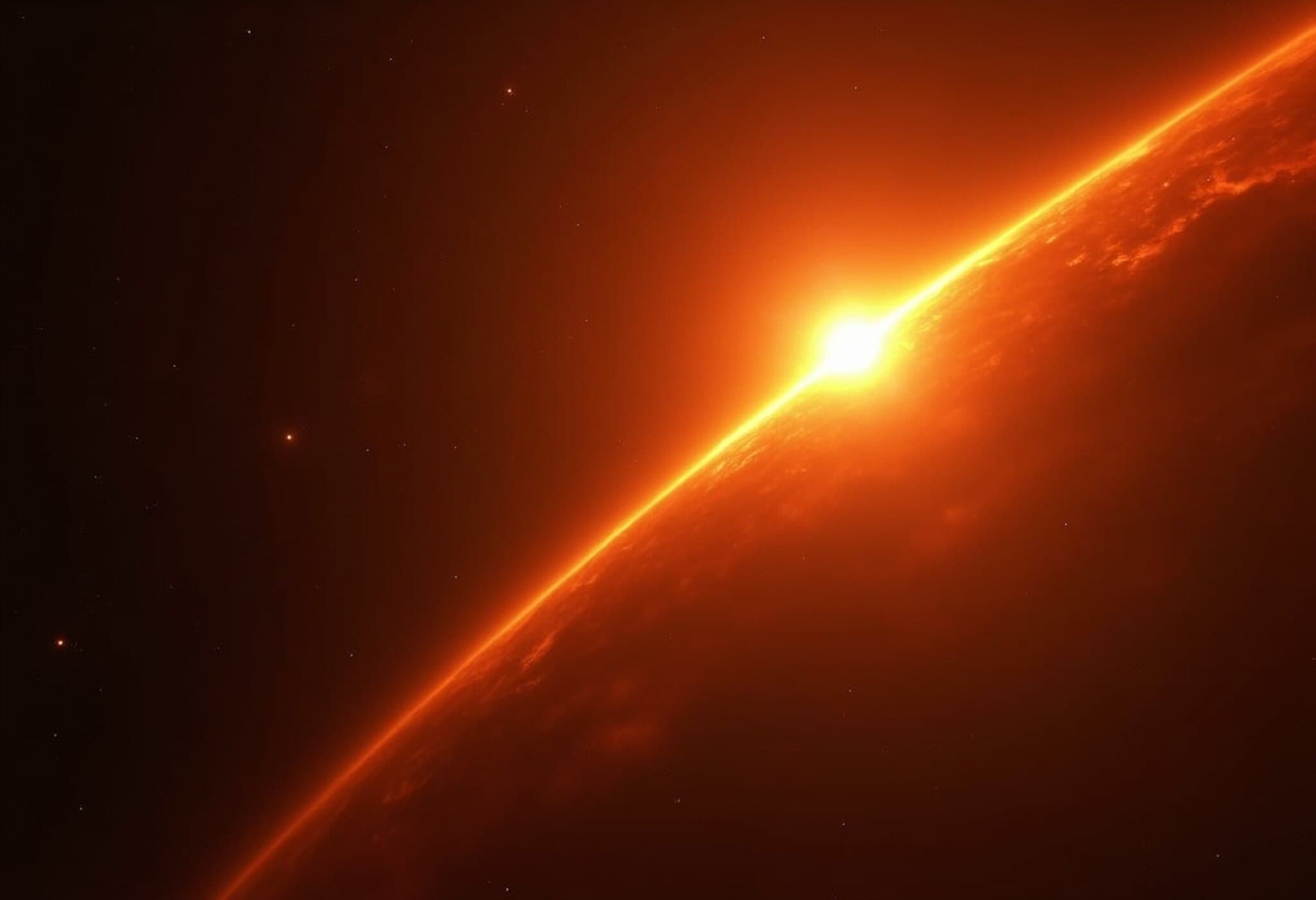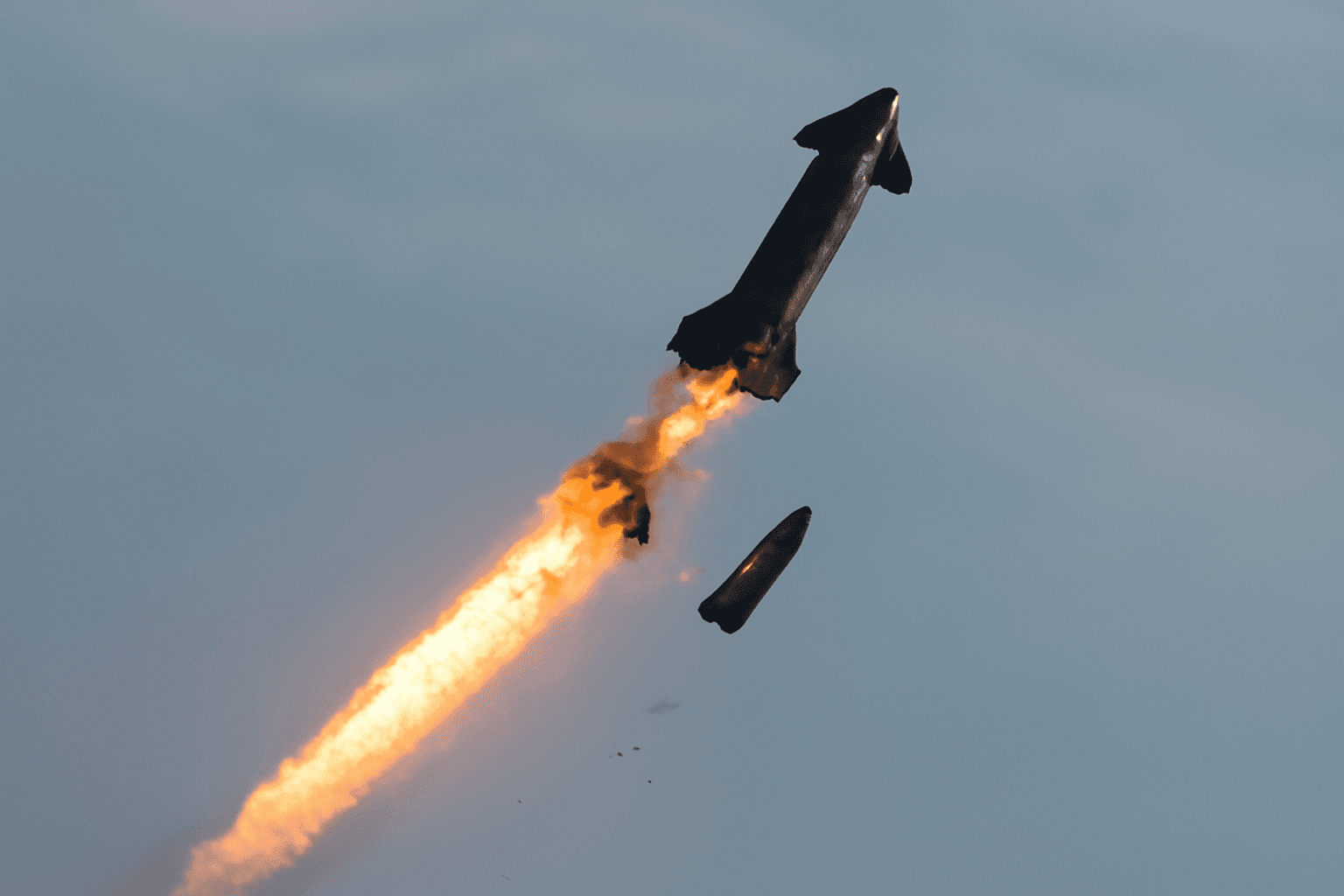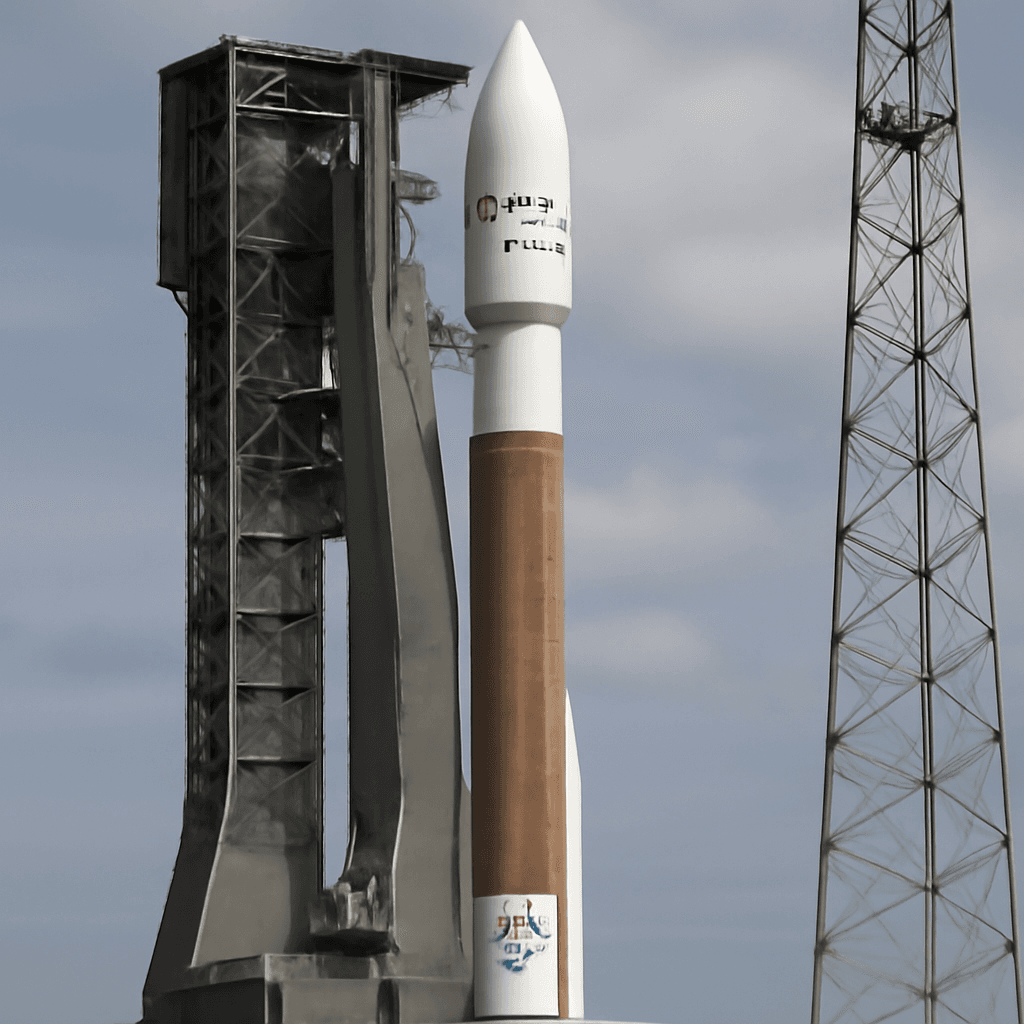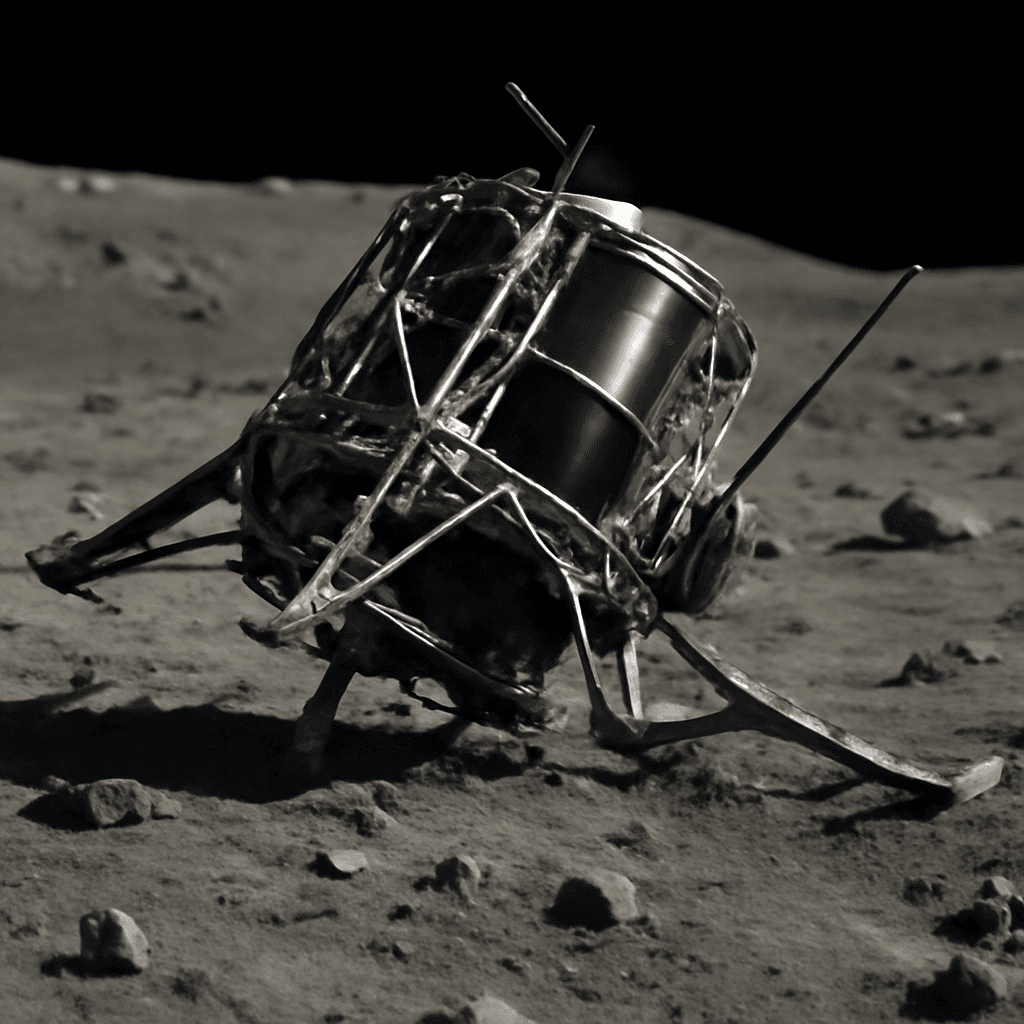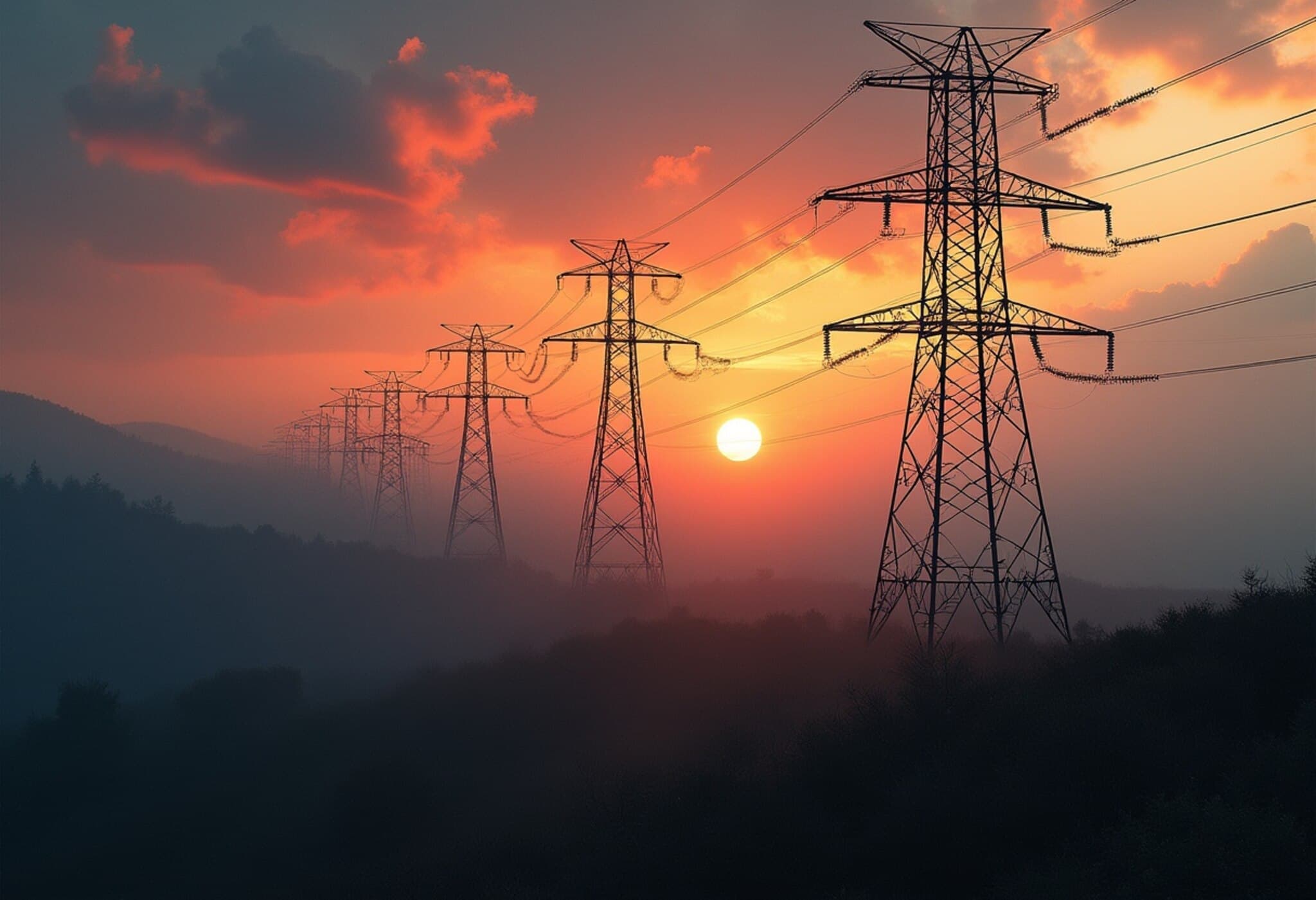Honda's Reusable Rocket Soars in Successful Test Launch
In a surprising development, Honda has successfully completed a launch and landing test of its prototype reusable rocket, marking a significant step toward its ambitious goal of achieving suborbital spaceflight by 2029. The test was carried out at the company's testing site in Taiki, a region in northern Japan known as a hub for space exploration.
Key Details of the Test Flight
- The prototype rocket, measuring 6.3 meters in length, reached an altitude of 271 meters (889 feet) before safely returning to the ground.
- This milestone was achieved by Honda R&D, the research division of Japan's second-largest automaker, demonstrating progress in developing reusable rocket technology.
- Despite this breakthrough, Honda has clarified that no commercial decisions regarding their rocket technology have been finalized. The company remains focused on foundational research aimed at refining the technology necessary for a suborbital launch.
The Road to 2029: Honda’s Vision for Spaceflight
Honda first announced its interest in space technologies, including reusable rockets, back in 2021. This recent test amplifies their commitment to entering the space launch arena. A suborbital flight, while not reaching orbit, skims the edge of outer space and opens doors to novel applications and services.
According to Honda, the advancement in launch vehicle technology could enhance daily life by enabling the company to launch satellites using its own rockets. This integration could synergize with other sectors of Honda's extensive business portfolio.
Industry Context and Competitive Landscape
Reusable rocket technology has become a cornerstone of the burgeoning commercial spaceflight industry. Global leaders such as SpaceX have pioneered this transformation with vehicles like the Falcon 9. Concurrently, companies in the United States, China, and Europe are racing to develop their own reusable launch systems.
Closer to home, Tokyo-based startup Innovative Space Carrier announced plans to test-launch a reusable rocket in the United States, employing an American-made engine by the end of this year. Additionally, Toyota, the world’s largest automaker by sales, has made strategic investments in Japan’s burgeoning space sector, backing rocket manufacturer Interstellar Technologies.
Japan's Expanding Space Ambitions
The Japanese government is investing heavily in the growing space industry, establishing a multibillion-dollar venture fund designed to support private ventures involved with rockets, satellites, and other space-related missions. The aim is to double the size of the national space industry to 8 trillion yen (about $55.2 billion) by the early 2030s.
Looking Ahead
Honda’s successful prototype test serves as an encouraging sign of Japan’s increasing role in the global space race. While commercialization timelines remain tentative, the company’s ongoing research underscores a serious commitment to advancing reusable rocket technology. With several players escalating their efforts in this arena, the coming years are poised to reshape Japan’s presence in space exploration and commercial launch capabilities.

